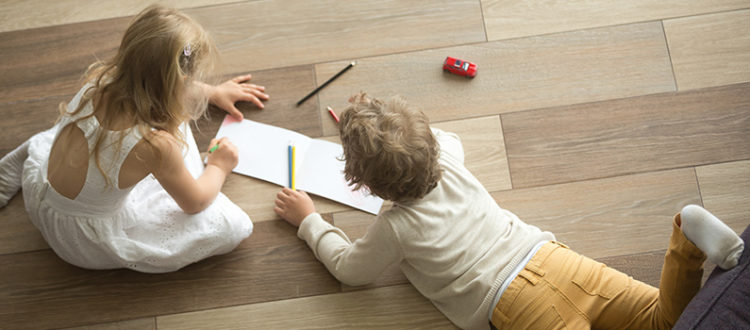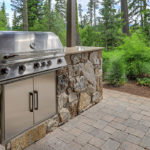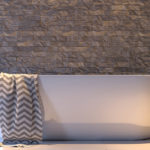The History of Flooring Throughout the Ages
Flooring Over Time
What does it mean when design elements in a home are called timeless, classic, or traditional? Some of those phrases are marketing elements that help perpetuate the idea that certain materials, which may be on trend, are also not going to go out of style. However, these phrases hold true to certain types of flooring materials throughout history. Some of them have been around in some form since ancient times. You might guess that natural stone is one such flooring material. But what did people have in their homes in the far distant past? Some of the ‘traditional’ flooring elements might come as a surprise as we take a tour of the past.
Original Flooring
You may have moved into a home with carpeting and you tear that up to find that the original flooring in the home was hardwood. However, the very first original floors were much more basic than that. In fact, they were simply made up of the soil itself. The ground and dirt was leveled and cleared and then a structure was placed above it. Sometimes, people would put down straw to make it softer and warmer. Ancient homeowners may have even dropped trash on the floor, walked over it, and compressed it down into a more solid surface. In rural areas, families shared their home with livestock to keep them warm in the winter, which meant waste on the floor, which was then walked over and compressed. The result was a hard surface that was sometimes as hard as concrete.
Early Flooring In North America
Early indigenous people in North America made it a habit of pouring sand over the ground inside their homes. That layer would collect waste and trash and would turn mucky. Then, it could be swept out and replaced to give the home a warm, new covering. Sometimes peanut and sunflower seed shells were also used and the oil from the shells would spread and harden to make the flooring stable, compact, and dust-free.
Flooring From Ancient India
Traditional flooring became more beautiful with subcontinental Indians who used colorful, decorative sands. They could be mixed with rice powder and even flower petals to tint, color, and five the natural surface a nice fragrance. Sometimes they were used randomly and other times in intricate patterns, which is a design called Rangoli, which is still used today.
Natural Stone Flooring Background
Natural stones were first used in construction in Egypt thousands of years ago and those buildings, palaces, and monuments can still be viewed today. The pyramids of Giza are some of the oldest structures in the world that feature natural stone. Using stone as flooring developed over time and the Greeks created mosaics from stone pebbles over 3000 years ago. The Romans used natural stone flooring to help heat their homes from below and today, stone floors can be seen in many homes across the world.
Flooring With History
If you are thinking about including natural stone flooring in your home, you are taking a material that has history in a number of ways. First, the stone itself has formed over thousands of years. And second, it has a history behind it in the way it has been used. Contact Impression to learn more about the natural stone you could use in your home.
















